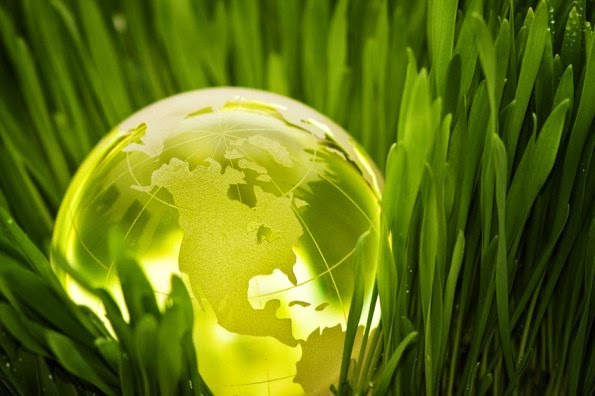
Scientists have created a system that uses solar energy to split water molecules and hydrogen-eating bacteria to produce liquid fuels. The system can convert solar energy to biomass with 10 percent efficiency, far above the 1 percent seen in the fastest-growing plants.

THE WORLD’S largest solar power plant installed on the rooftop of a shopping mall has been switched on by a property developer in its sprawling shopping hub in San Fernando, Pampanga.

The Portuguese design firm developed the beautiful self-sufficient home, which was created with a focus on energy efficiency and environmentally friendly materials.

Australia’s leading solar research scientists have achieved another significant milestone, reporting a huge leap in solar cell efficiency that could in time lead to a quantum reduction in solar power costs.

Architecture firm EZAR and architect Juan Blazquez designed the CSI-IDEA Building in Malaga, Spain as a standard for net zero energy architecture.

Solar-powered desalination is ideal - if only the cost comes down.

This past weekend Germany generated so much electricity from renewable sources like solar and wind that suppliers effectively paid users to consume energy.

Leaders often talk about how solar energy is the way of the future, but that “future” claim seems to delay plans and defer immediate action. At what point does the future become today? Well… how about now?

World's highest efficiency rating achieved for CZTS thin-film solar cells.

By the end of the summer, IKEA branded solar panels will be available for purchase online and in UK stores for those who want to cut their electric bills.

The project is expected to raise investment of over $1 trillion.

Despite concerns over baseload and storage, India is on track to soar past its goal to deploy more than 100 gigawatts of solar power by 2022.

Tokyo’s urban jungle is about to become a whole lot greener. Dutch firm ingenhoven architects unveiled designs for the Toranomon Project, a mixed-use development draped with greenery.

Solar power, driven by exponentially-increasing nanotechnology, will satisfy the entire world's need for energy in less than twenty years.

For the first time ever, researchers have connected nine biological-solar (bio-solar) cells into a bio-solar panel. Then they continuously produced electricity from the panel and generated the most wattage of any existing small-scale bio-solar cells - 5.59 microwatts.